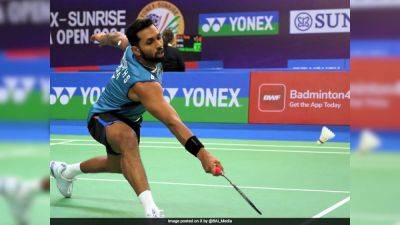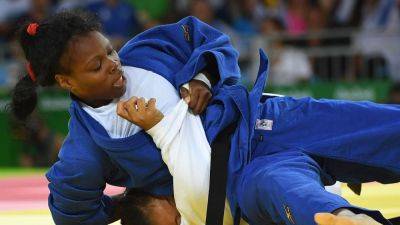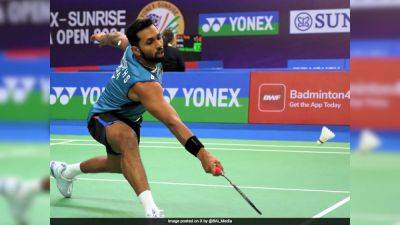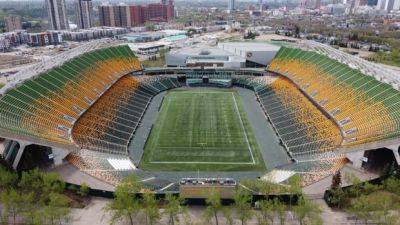Commentary: Singapore’s football dreams can’t come true without spaces for kids to play
SINGAPORE: The recent news about East Coast Town Council temporarily closing a street football court in Bedok North has led to some public debate.
The town council said it was reacting to residents’ complaints of noise and other nuisances from players using the court, and social media went to war.
Supporters of this move would argue that there should be areas where kids can play football without disturbing the peace. Opponents would point to this to explain why Singapore football is in the doldrums.
Both sides have a point, but let’s look at the root of the problem.
Conflicts naturally arise when many people live together in one area, whether they are about noisy neighbours or kids playing football in common areas.
Many football fans in Singapore lament that we have not seen new talent on the same level as national legends Fandi Ahmad or V Sundramoorthy. I would argue that this is the result of a declining number of public spaces where kids can play football.
Assuming Fandi and Sundram started playing football as kids, around the late 60s, Singapore’s population stood at around 2 million. Our population has tripled since, to nearly 6 million as of mid-2023.
To manage the fast-growing population, urban planners had to do away with the open fields where children once played football, and consolidate spaces for sports and leisure.
So facilities like sports halls and multi-purpose courts were built. Basketball courts, once a mainstay of every Housing and Development Board (HDB) estate, started moving into community clubs. Town centres today will almost always have an official space where one can participate in sports and exercise.
That all sounds logical to mitigate the space crunch. What was unforeseen was the loss







